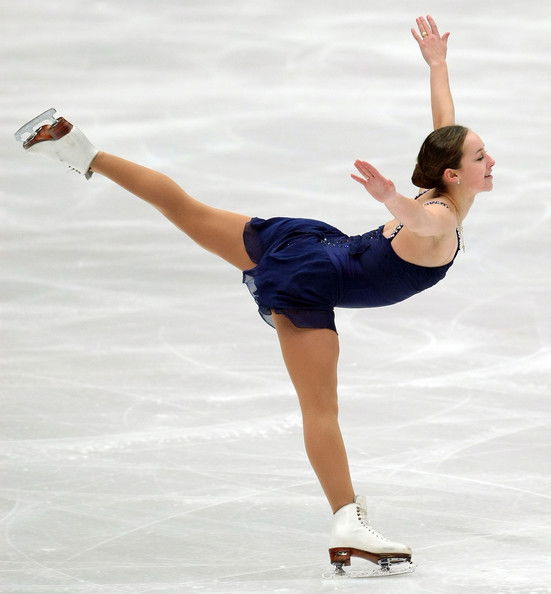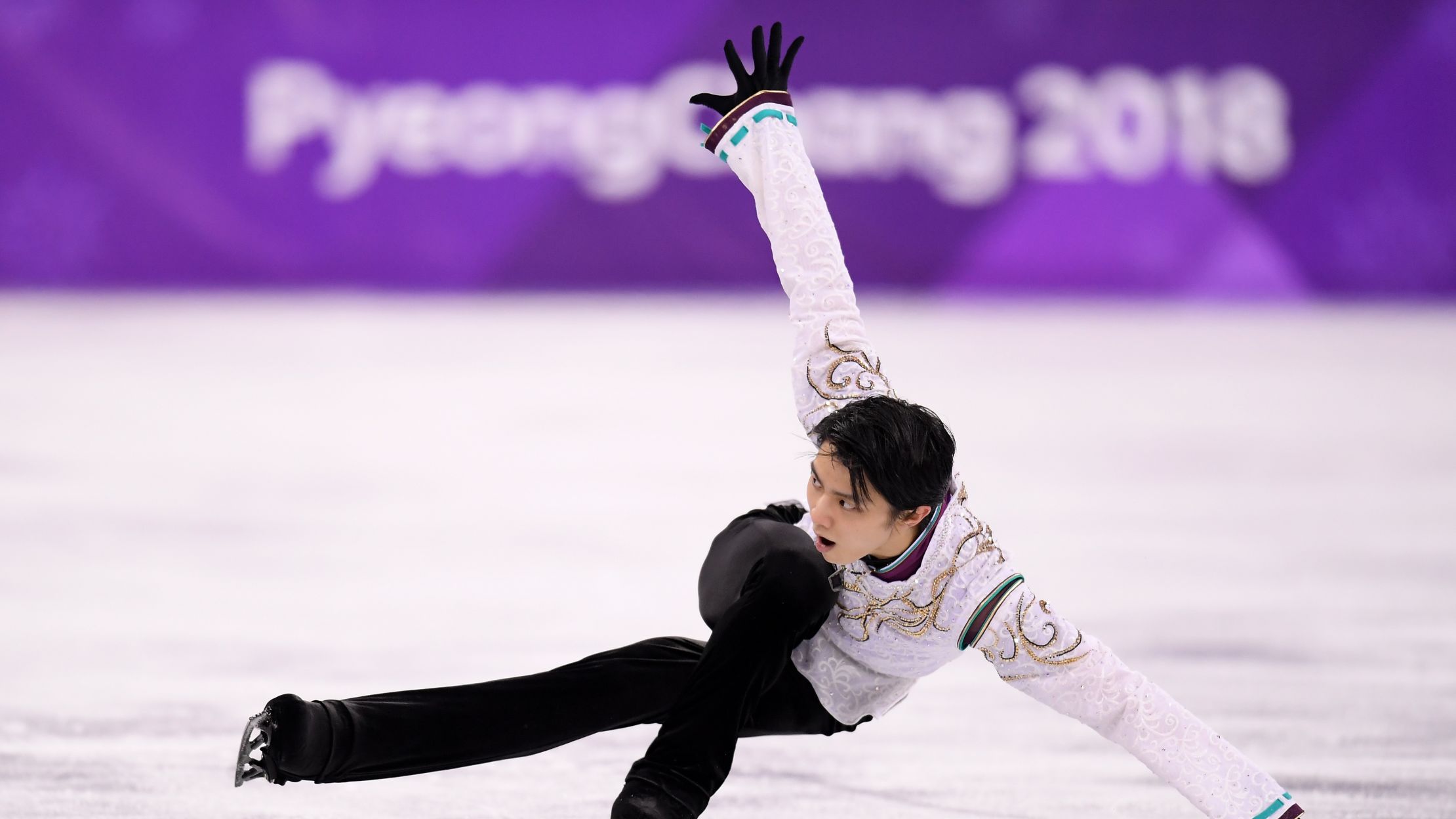ICE SKATING
CONTENTS
What is Ice Skating?
History

WHAT IS ICE SKATING?
Ice skating, the recreation and sport of gliding across an ice surface on blades fixed to the bottoms of shoes (skates). The activity of ice skating has given rise to two distinctive sports: figure skating, which involves the performance of various jumps, spins, and dance movements; and speed skating and short-track speed skating, both of which are forms of racing on ice skates. Ice hockey is the best-known team sport that involves skating. The skating technique is a style of cross-country skiing in which the leg kick is done using the skate stride. This style has established itself as a revolutionary development in cross-country skiing since the mid-1980s and enables faster movement compared to the classic style. Since 1985 international competitions have been carried out separately in the classical and in the free technique , whereby the skating technique is used in competitions with free technique. Figure skating is one of the most popular sports in the world. The combination of grace and athleticism needed to perform the steps, spins, and jumps while staking on blades on the ice often captures the imagination when world-class skaters make it look so easy. Of course, performing at the world level is anything but easy, and it requires years of discipline, training and practice. It is an expensive sport and one in which serious injury is possible. The essential basic elements of the skating technique are the skating step and the double stick push. The double-deck push and the other basic elements such as downhill, braking and cornering techniques largely correspond to the classic style. By using the skating step, the sliding, moving ski can be pushed off; with the classic technique, the ski has to stand for a short moment during the take-off. This is the main reason why higher running speeds are achieved in skating compared to the classic technique.

HISTORY
Before the advent of skating in the 20th century, constant improvements in training methods and material as well as the machine tracing of the trails led to an increase in the running speed and an increased use of double-stick pushing, with the upper arm strength becoming more important. Some races were won with skis that were only prepared for gliding and did not allow a leg kick in the track. From the urge for even higher running speeds, new forms of movement developed. Ice skating probably developed in Scandinavia as early as 1000 BCE, the first skates being made from shank or rib bones of elk, oxen, reindeer, and other animals. It is not known when the metal runner was introduced, but early Dutch prints depict skates with metal blades. Until the middle of the 19th century the metal portion of the skate was fastened to a wooden base or footplate and the whole of the skate was fastened to the foot with leather thongs or straps. People have skated for as long as they found out how to slide across ice in a productive way. The very first ice skates were made from bone, and date back to 3000 B.C. Not surprisingly, skating was most widely known in Russia, Scandinavia, and other areas that received a great deal of ice and snow. At the beginning of the 1970s, the first signs of increased use of the ice-skating step could be observed. Strictly speaking, the origins of this form of movement go back even earlier: In the single-pole catapult technique in medieval Scandinavia , two skis of different lengths were used. The longer one, the Glider , was used for gliding and the shorter one, the Andor, mainly for the kick and was covered with skins. 먹튀검증
